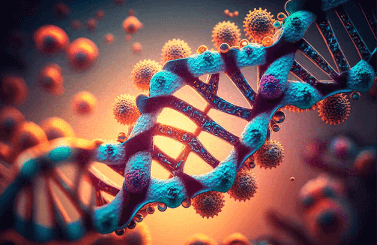Question
a.
resistance of the circuit
b.
impedance of the circuit
c.
voltage applied to the circuit
d.
changes in stored energy in inductors and capacitors
Posted under Electronics and Communication Engineering
Interact with the Community - Share Your Thoughts
Uncertain About the Answer? Seek Clarification Here.
Understand the Explanation? Include it Here.
Q. The transient currents are due to
Similar Questions
Explore Relevant Multiple Choice Questions (MCQs)
Q. When a lead acid cell is in fully charged condition the specific gravity of electrolyte is about 1.22.
View solution
Q. In ZRC(s) has a pole at s = 0, the first element in first Foster realization is
View solution
Q. The sum of positive real function is positive real.
View solution
Q. Assertion (A): KCL is dual of KVL.
Reason (R): Node is dual of mesh.
View solution
Q. For a 2 port network, the O/P short circuit current was measured with a 1 volt source at the I/P then value of the current gives
View solution
Q. The time constant of the capacitance circuit is defined as the time during which voltage
View solution
Q. In drawing phasor diagram
View solution
Q. As the number SWG increases, area of cross-section decreases.
View solution
Q. In ZRC (s) has a pole at s = ∞, the last element in first Foster realization is
View solution
Q. An RC impedance function has a constant value at s = 0. The last element in the first cauer synthesis
View solution
Q. Two port Z parameter not exist for the circuit if
View solution
Q. For a reactance function H(s), the slope dH (jω)/dω is
View solution
Q. Which is correct for a driving point function?
View solution
Q. The r.m.s. value of a half-wave rectified current is 100 A. Its value for full-wave rectification would be __________ amperes.
View solution
Q. How much r.m.s. current does a 300 W, 200 V bulb take from the 200V, 50 Hz power line?
View solution
Q. In a series R-L-C circuit, the voltage across inductance will be maximum
View solution
Q. Assertion (A): A parallel resonant circuit is also called anti-resonant circuit.
Reason (R): In a parallel resonant circuit impedance is maximum at resonance.
View solution
Q. Millman's theorem is the best to find
View solution
Q. The transfer function s/(s+a) is for
View solution
Q. The units of resistivity are ohm-metre.
View solution
Recommended Subjects
Are you eager to expand your knowledge beyond Electronics and Communication Engineering? We've handpicked a range of related categories that you might find intriguing.
Click on the categories below to discover a wealth of MCQs and enrich your understanding of various subjects. Happy exploring!








